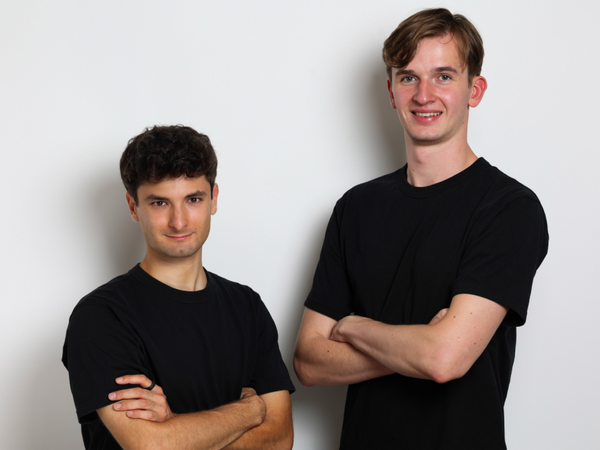A Must-Read for Product Managers: How to Improve Your Product Thinking
Mastering Product Thinking as a Modern Product Manager
In today’s fast-paced tech era, the role of product managers has never been more vital.
They’re not just product creators — they’re listeners to user needs and interpreters of market trends.
But the question remains: How can you become an excellent product manager with outstanding product thinking?
---
What Is Product Thinking?
Definition:
Product thinking is “thinking what the user thinks, feeling what the user feels.”
Analogy:
Imagine cooking — it’s not just about making sure the dish is prepared, but also knowing whether your customer prefers mild or spicy flavors.
Core Idea:
- Discover what users truly need
- Deliver exactly that in a way that feels intuitive and valuable
Lesson Learned:
Early in my career, I thought flashy features equaled great products. Users disagreed.
I later understood that true product success = high user value.
---
The Essence of Product Thinking
Essence: Transform user needs into product value.
A chef’s mindset works here too — not just cooking, but aligning with whether a customer wants a low-fat meal or a hearty one.
Example:
Users say your app loads slowly. You think network issue. But digging deeper, frustration occurs after waiting 3+ seconds. The real win isn’t speed alone — it’s eliminating perceived waiting via pre-loading.
---
Sharpening Needs Insight
Improving product thinking starts with keen observation and analysis of user needs.
1. Immersive Experience
- Observe user behavior directly
- Identify friction points — frowns, confusion, repeated failures
- Watch for non-verbal cues to detect hidden barriers
2. Digging Beneath Pain Points
- Case Study (Didi):
- Pain Point: Ride-hailing inefficiency
- Deeper Need: Predictable timing
- Solution: Added Estimated Arrival Time feature
- Result: 20% increase in user satisfaction
---
Practicing Empathy
Empathy means truly feeling the product from the user’s perspective.
Examples:
- Long registration processes cause drop-offs
- → Solution: One-click phone login
- Meituan’s Estimated Delivery Time emerged because PMs delivered food themselves and saw that delays unfairly blamed merchants
- → Solution: Integrated real-time traffic data for accuracy
Empathy uncovers core needs and adds human warmth to the product.
---
Studying Competitors
Competitor research = learning shortcuts to refine your product thinking.
Quote: “All writing borrows — the skill lies in adaptation.”
Example:
- Douyin: Clean UI, engaging challenges → Popular among young people
- Kwai: Authentic daily-life videos → Loved in smaller cities
Takeaway:
Mix interface elegance from Douyin with authenticity from Kwai to design a product that resonates.
---
Staying Mentally Updated
Product thinking must evolve with technology.
Tech Moves Fast:
- Today’s hot topic: DeepSeek
- Tomorrow’s: Manus
Action Plan:
- Spend 1 hour weekly tracking trends and new tech
- Use sites like TechCrunch, 36Kr for fresh insights
- Avoid outdated ideas in product design
---
Quick Summary
Formula:
> Product thinking = user empathy + market insight + rapid execution
Weekly Practice Plan:
- Observe one user scenario → Boost empathy
- Deconstruct one competitor feature → Build insight
- Iterate one small change → Improve execution speed
Repeat for 6 months → Noticeable improvement.
---
AI Tools for Product-Minded Creators
With AI reshaping content creation and monetization, platforms like AiToEarn官网 give creators an edge.
Features:
- Multi-platform publishing (Douyin, Kwai, WeChat, Bilibili, Rednote, Facebook, Instagram, LinkedIn, Threads, YouTube, Pinterest, X)
- AI content generation
- Analytics & AI model rankings
- Monetization tools
Alignment with Product Thinking:
AiToEarn embodies rapid adaptation to evolving user needs across contexts.
---
If you’d like, I can also create a visual framework diagram summarizing this product thinking process so it’s easier to follow step-by-step. Would you like me to prepare that next?



